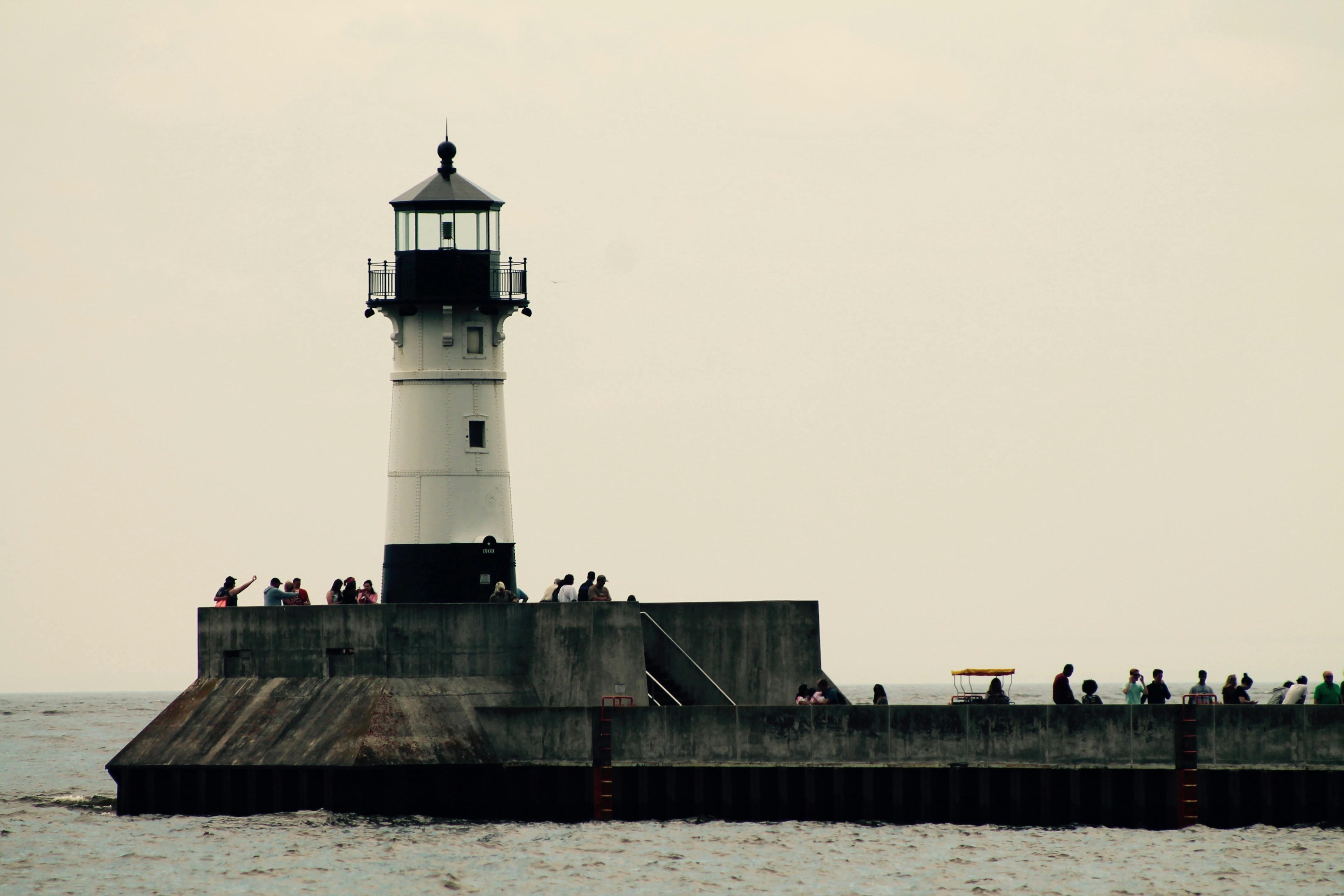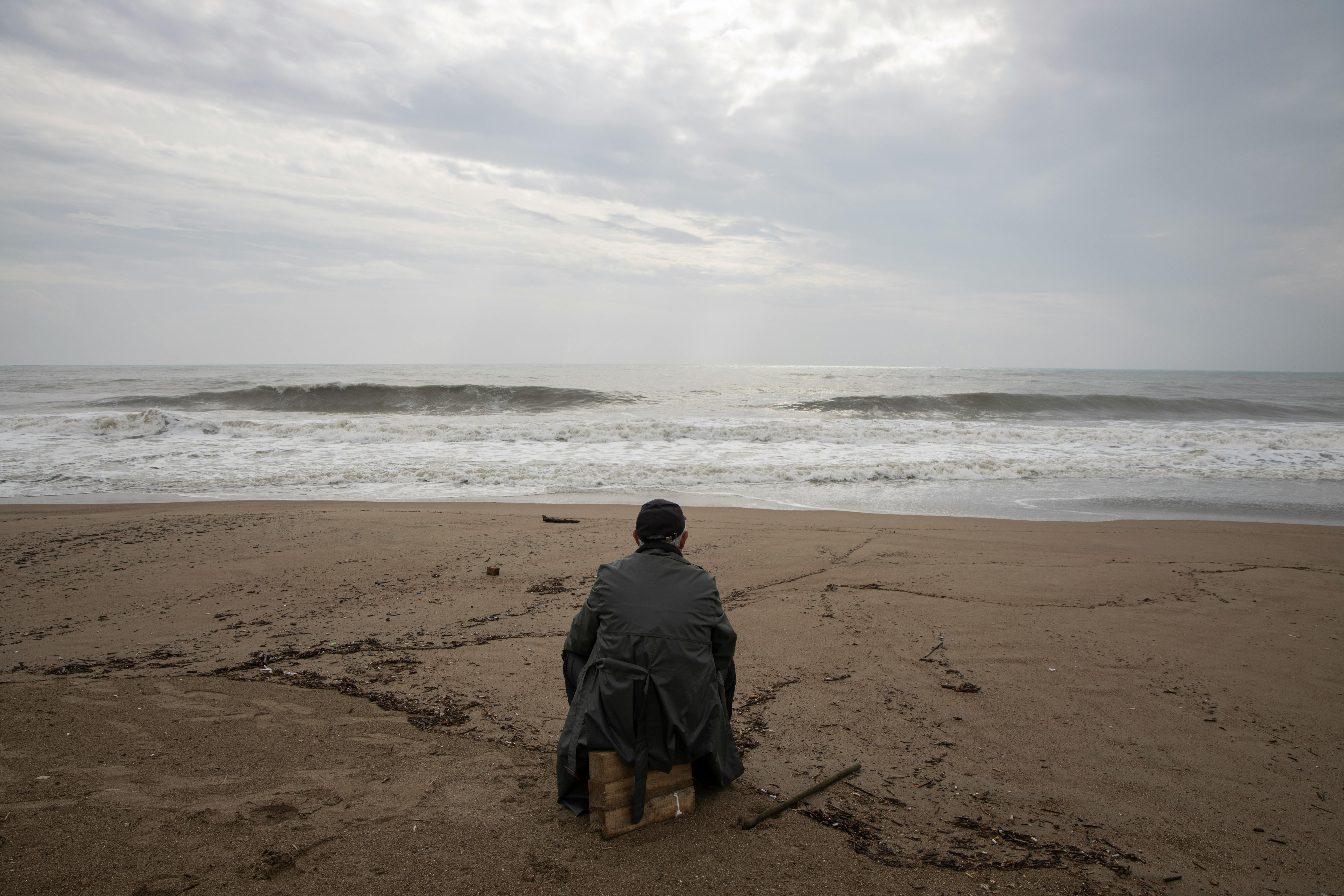piccadilly circus
Piccadilly Circus derives its name from a ruffled collar that was popular in the 17th century. A dressmaker who made the item became rich and bought property in the area.
One of the most famous landmarks in Piccadilly Circus is the statue of Eros, the pagan god of love. The statue was originally called the Shaftsbury Monument after Lord Shaftsbury. Although the fountain is made of bronze, the figure of Eros itself is made of aluminum, a rare and unusual material for the time.
Piccadilly Circus is instantly recognizable due to its quirky neon signs and is one of London’s most vibrant entertainment areas. The area has many pubs, clubs, cinemas and restaurants. Piccadilly Circus was originally part of John Nash’s design for the Regent Street area, but has been distorted over the years.
The pedestrian area of Piccadilly Circus hides a maze of shops and several malls, some of which are hidden behind the front of the London Pavilion, a once-important music venue.
Piccadilly Circus is the most visited part of London and is the intersection of five main streets. Carnaby Street, Soho, Trafalgar Square and Leicester Square are also in close proximity to Piccadilly and it is because of this position at the crossroads of so many areas that it has led to its being dubbed ‘Central London’. Piccadilly Circus has its own tube station.
Royal Courts of Justice
Located on the Strand is England’s main civil court, the Royal Courts of Justice. Located within a magnificent gothic building, the courts handle many of the nation’s most serious civil, libel and appellate cases. The building was the last Gothic Revival building to be built in London and was designed by GE Street. The strain of building such a huge project is believed to have led to Streets’ early death. Queen Victoria officially opened the Royal Courts of Justice in 1882.
With more than three miles of corridors and more than a thousand rooms, the architectural scale of the courts is impressive, the interior of the building is as luxurious and impressive as the exterior. The public can view all 88 courtrooms without supervision, though judges have been known to reprimand those who disrupt proceedings.
In addition to marveling at the features and scale of the building, visitors are invited to view an exhibition on traditional court attire. The ornate Central Hall informs visitors of the cases currently being heard and their progress. The Royal Courts of Justice are easily accessible from Charing Cross tube station and admission is free.
Smithfield Market
Meat has been bought and sold in Smithfield for over eight hundred years, making it one of the oldest markets in London. Eighty-five thousand tons of products pass through the market each year, including meat, poultry, cheese, pastries and savory. The prices traded at Smithfield directly affect meat and poultry costs across the UK.
Many of the best restaurants and hotels buy their meat from Smithfield and the place is famous for the quality of the products available.
The market has recently undergone a seventy million pound refurbishment and is now considered the most modern meat market in Europe. The building itself is a huge Victorian grade II listed building. The name Smithfield comes from the first documented description of the market, described as a “flat field”. Edward III granted market status to the site in 1327.
In 1860 Parliament granted permission to build further buildings on the Smithfield site. In 1866 construction began on the east and west buildings directly on the railroad tracks so that meat could be delivered directly by train. The buildings were designed by Sir Horace Jones. There was further expansion in 1875 when a specific poultry market was added, although it was destroyed by fire in 1958.
There have been as many as 162 booths in the East and West Buildings in the past and there are currently forty-three temperature-controlled areas for patrons to visit.
Smithfield Market is an institution that is as necessary today as it ever has been and deserves a visit on the way to St Paul’s or before trying out one of the popular bars and restaurants in the Farringdon area that have earned a reputation for fashion in recent years.
Farringdon or Barbican stations are just a few minutes’ walk from the market.
somerset house
Somerset House was built on the site of the Palace of the Dukes of Somerset in the late 18th century by William Chambers.
Until the 19th century, Somerset House reached the water’s edge, but this changed with the construction of the embankment, although the south face of the building still features boat moorings.
As well as housing part of the Inland Revenue and the register of births, deaths and marriages, Somerset House is now also home to the Courtauld Gallery, with the most impressive collection of paintings on display in London, including works by Rubens, Bottecilli, Renoir, Manet and many. , many more. Here is also the Gillbert Collection, an impressive museum of decorative art that first opened its doors in 2000. The Hermitage Rooms regularly present exhibitions from the State Hermitage Museum in St. Petersburg.
The central courtyard was used, until 2001, as visitor parking; it is now regularly used as a venue for cultural events. This area is now known as Fountain Court and has an ice skating rink in the winter months that is so popular that tickets often sell out well in advance!
Waterloo Bridge connects to the River Terrace, which has a cafe and is often used to display sculptures. Admission to each museum is charged separately, although admission to Fountain Court is free. Somerset House is open until 6:00 p.m., although the courtyard can be accessed until 11:00 p.m. daily.
southwark cathedral
There has been a place of worship on the site of Southwark Cathedral for over 1000 years, a fire destroyed the original building in 1206 and the oldest parts of the Cathedral date from this time. Southwark is the oldest gothic building in London and is considered an architectural treasure.
The building itself sits below road level and is surrounded by warehouses and a railway viaduct near London Bridge. In the 17th century, the parishioners of the church bought the building from King Jaime I and restored it to its former splendor. However, by the mid-19th century the building fell into disrepair again and was considered for demolition and although the nave was demolished, the choir and back choir were restored.
In the late 19th century the church was selected to become the cathedral for a new diocese of London and the building was extensively enlarged and renovated. Cathedral title was given to Southwark in 1905. During its lifetime, Southwark Cathedral has had many famous visitors. John Harvard, founder of Harvard University, was baptized here. The poet John Gower and Bishop Lancelot Andrews are buried in Southwark.
Admission to Southwark Cathedral is free. The Cathedral is an architectural marvel, a place of worship and a living historical monument. The Cathedral is easily accessible via London Bridge tube station.



